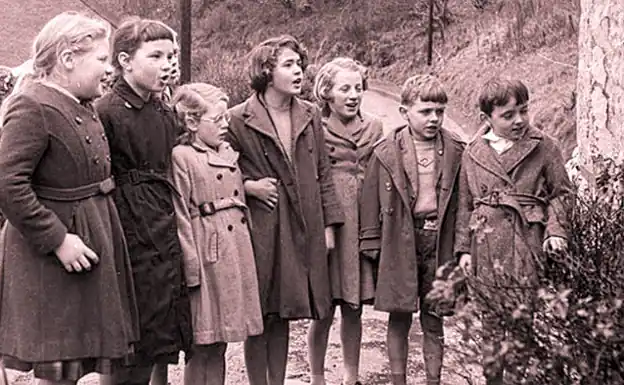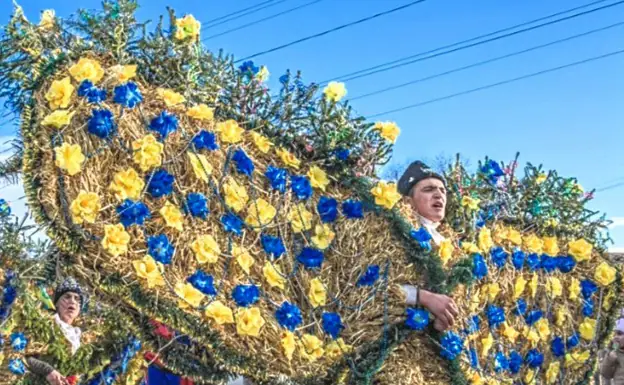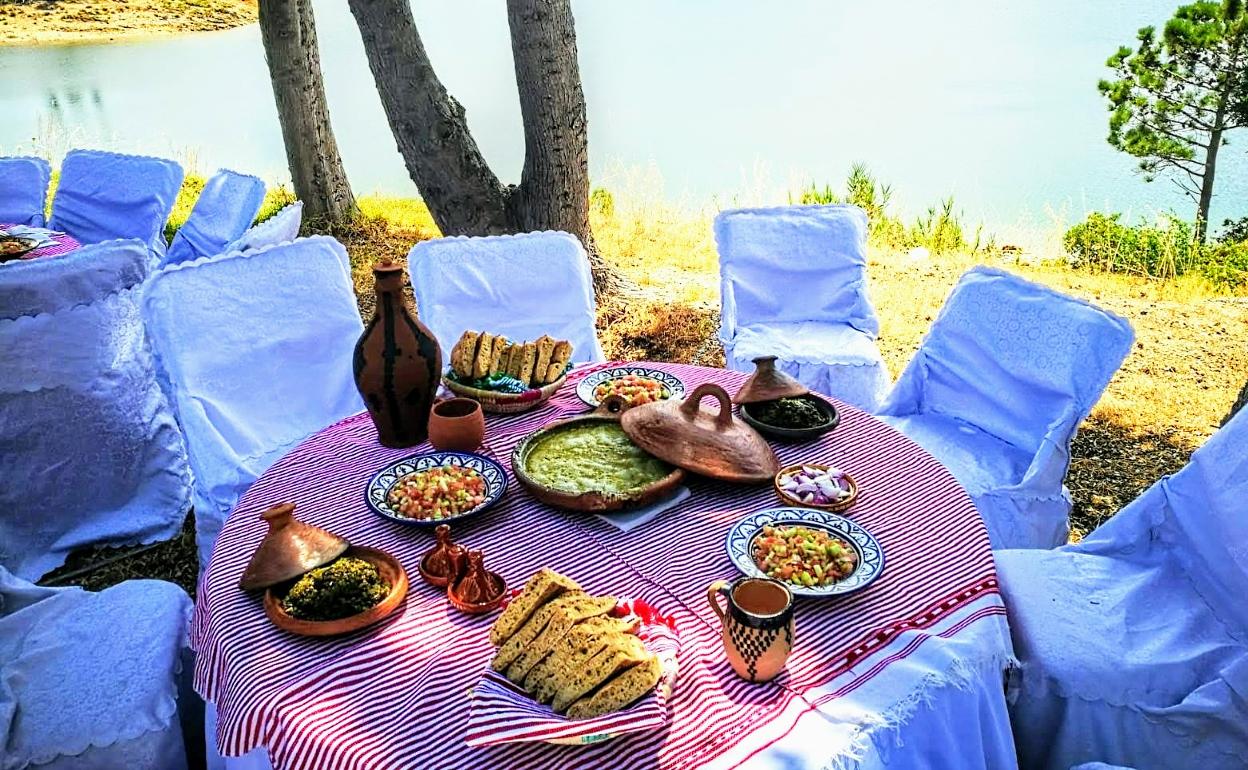Happy New Year, two weeks later
It might seem that some Costa del Sol residents can't get enough of the New Year partying as they get together again this week; but they're celebrating The Old New Year, which is still informally observed in some countries, including UK, Russia, Ukraine, Morocco and Algeria
alekk m. saanders
Wednesday, 12 January 2022, 16:08
The Old New Year is celebrated to mark the start of the new year according to the Julian calendar, which was replaced in Britain some 270 years ago.
The Julian calendar became the predominant calendar in the Roman Empire, and subsequently most of the Western world, for more than 1,600 years. In 1582, Pope Gregory XIII made a minor modification to reduce the average length of the year.
In Britain it took nearly 200 years to acknowledge this Gregorian calendar. The Julian calendar was controversially abolished in the country in 1752, although it has apparently not been totally replaced in some villages in Scotland and Wales.

In Britain it took nearly 200 years to acknowledge the Gregorian calendar. The Julian calendar was controversially abolished in the country in 1752
Hen Galan
In the old calendar, 12 January was the traditional date for New Year, and it's still celebrated in some parts of Gaelic-speaking Scotland and Wales.
Oidhche Challaig or Oidhche Challainn is an important part of Hogmanay celebrations in rural communities - in a small coastal town of Moray, Burghead, as well as on the Isle of Eriskay in South Uist.
They both follow the pre-Gregorian calendar and celebrate the Old New Year with The Burning of the Clavie. A flaming barrel filled with tar and staves is carried around town on 11 January, and then placed in a ruined fort before being allowed to burn out and roll down a hill on Old New Year's Eve. It is believed that this custom helps bring good luck to residents.
More than 300 residents of Cwm Gwaun, Pembrokeshire, celebrate Hen Galan on 13 January. In true Welsh tradition, the children are given sweets or honey (Calennig)
Charyl from Torremolinos is one Welshwoman who is still saying "Blwyddyn newydd dda!" on 13 January. This old Gaelic version of New Year is observed in a tiny Welsh village where people centuries ago resisted the change. More than 300 residents of Cwm Gwaun, Pembrokeshire, celebrate Hen Galan on 13 January.
In true Welsh tradition, the children go from door to door singing and are given sweets or honey in return (Calennig). Hen Galan is apparently as big as Christmas, so turkey or goose are the regular table offering. The main purpose is to bring people together and have fun.

Malanka
Russians and Ukrainians on the Costa del Sol also celebrate Old New Year around a festive table. Lyubov, a Russian resident in Mijas Costa, is particularly fond of the event..
“The Old New Year is known also as the Orthodox New Year and in Russia it is an informal traditional holiday. The tradition goes back to a time when the Bolsheviks transferred the Soviet country to the Gregorian calendar, though the Russian Church did not approve of the transition, and until now it still uses the Julian calendar. During the night from 13 to 14 January people get dressed up, eat good food and enjoy themselves.”

In Russia, during the night from 13 to 14 January people get dressed up, eat good food and enjoy themselves
Ukrainians name the Old New Year after Malanka - a female character. In villages, costumed processions trek from house to house - singing, dancing, and performing short skits.
In America and Australia Ukrainian organisations hold events in banquet halls to help celebrate Malanka; the Boston and Melbourne Malanka annual winter balls are the biggest events for celebrating. On the Costa del Sol, the Ukrainian association of cultural exchange cancelled this year's Malanka celebration in the Plaza de la Constitución in Fuengirola because of the Covid situation. However the newly opened Ukrainian restaurant on the road between Fuengirola and Mijas, 'Рідна хата', will be still serving some dishes that are typically eaten on this occasion.

The Old New year is a big holiday in the countries of former Yugoslavia. Macedonians call it Vasilica, and celebrate by drinking, eating and singing traditional music around huge bonfires. In Serbia, it is commonly known as the Serbian New Year and is celebrated with fireworks, music and feasting.
'Yennayer'
On the other side of the Mediterranean sea the New Year is celebrated on 12 to 13 January. The Berbers of North Africa (from Morocco to Libya) traditionally follow the Berber (Amazigh) agricultural calendar where a new year begins on 13 January. The calendar is inspired by the Julian calendar which was introduced in this Roman province of Africa at the time of Roman domination.
Aksil, who lives in Benalmádena, used to celebrate Yennayer on 13 January in Morocco.
“Yennayer is celebrated by the Berbers, whose culture goes back to pre-Arab North Africa. For us, Yennayer is a celebration of nature, rebirth, agrarian life and prosperity. Families gather together and enjoy food and joyful music. It became customary to wear traditional Amazigh costumes and jewellery for this occasion. It is also time for weddings,” he said.

The celebration of the Amazigh New Year has recently gained additional importance as a means of preserving the cultural identity of Berbers
The celebration of the Amazigh New Year has recently gained additional importance as a means of preserving cultural identity. Yennayer is a public holiday in Algeria on 12 January. Certain Amazigh groups in neighbouring Morocco begin their celebrations on 13 January.
